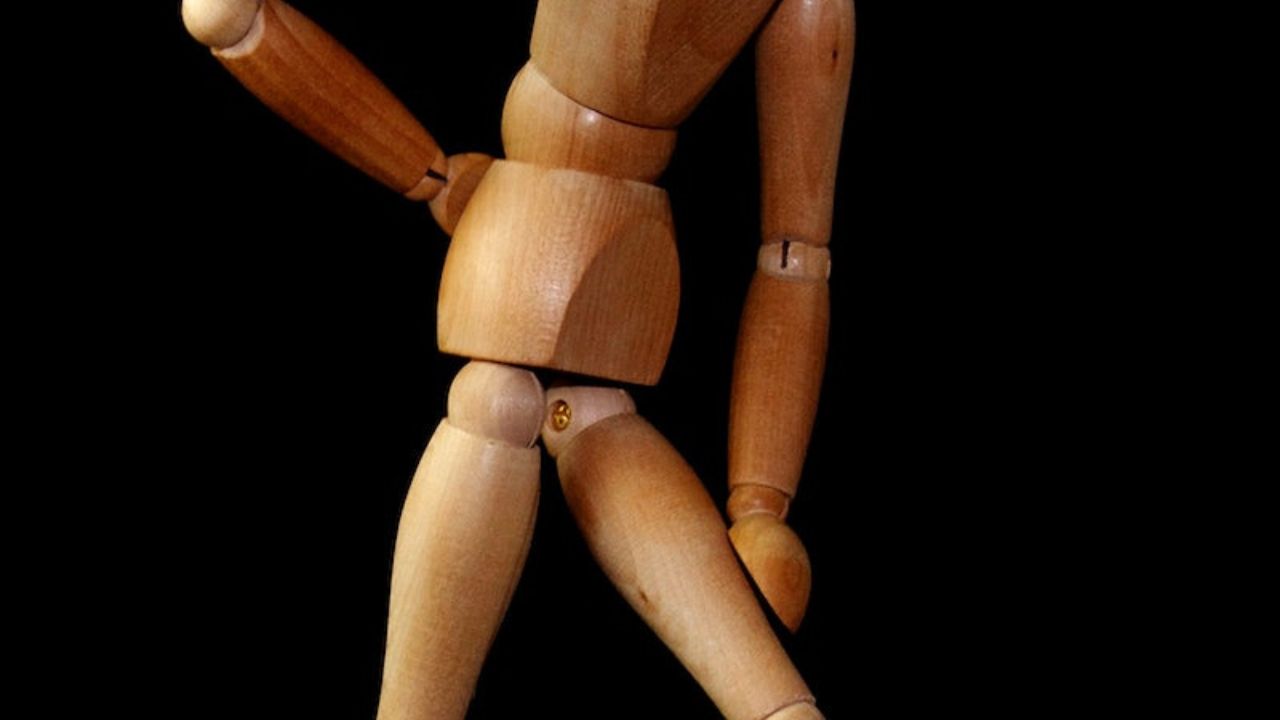
Back pain is a prevalent issue that affects millions of people worldwide. In order to provide effective solutions, it is important to understand the science behind this common ailment.
This article presents 10 fascinating facts about the science behind back pain solutions, offering an objective and evidence-based exploration of spinal anatomy, nerve connections, inflammation, posture, psychological factors, exercise, sleep, stress, and alternative therapies.
By delving into the scientific principles behind back pain, readers can gain valuable insights into potential solutions for this discomforting condition.
The Role of Spinal Anatomy in Back Pain
The role of spinal anatomy plays a crucial role in the development and management of back pain. Spinal misalignment and disc degeneration are two key factors that contribute to this condition.
Spinal misalignment refers to the improper alignment of the vertebrae in the spine, which can lead to compression of nerves and muscles, resulting in pain. Disc degeneration, on the other hand, refers to the gradual wear and tear of the intervertebral discs in the spine, leading to reduced cushioning and potential nerve compression.
These structural abnormalities can be caused by various factors such as poor posture, injury, or aging. Understanding the impact of spinal anatomy on back pain is essential for effective diagnosis and treatment, as it helps healthcare professionals identify the specific cause and develop targeted interventions to alleviate pain and improve overall spinal health.
The Connection Between Nerves and Back Pain
Nerve compression and inflammation, along with their intricate relationship, play a significant role in the development and persistence of back pain.
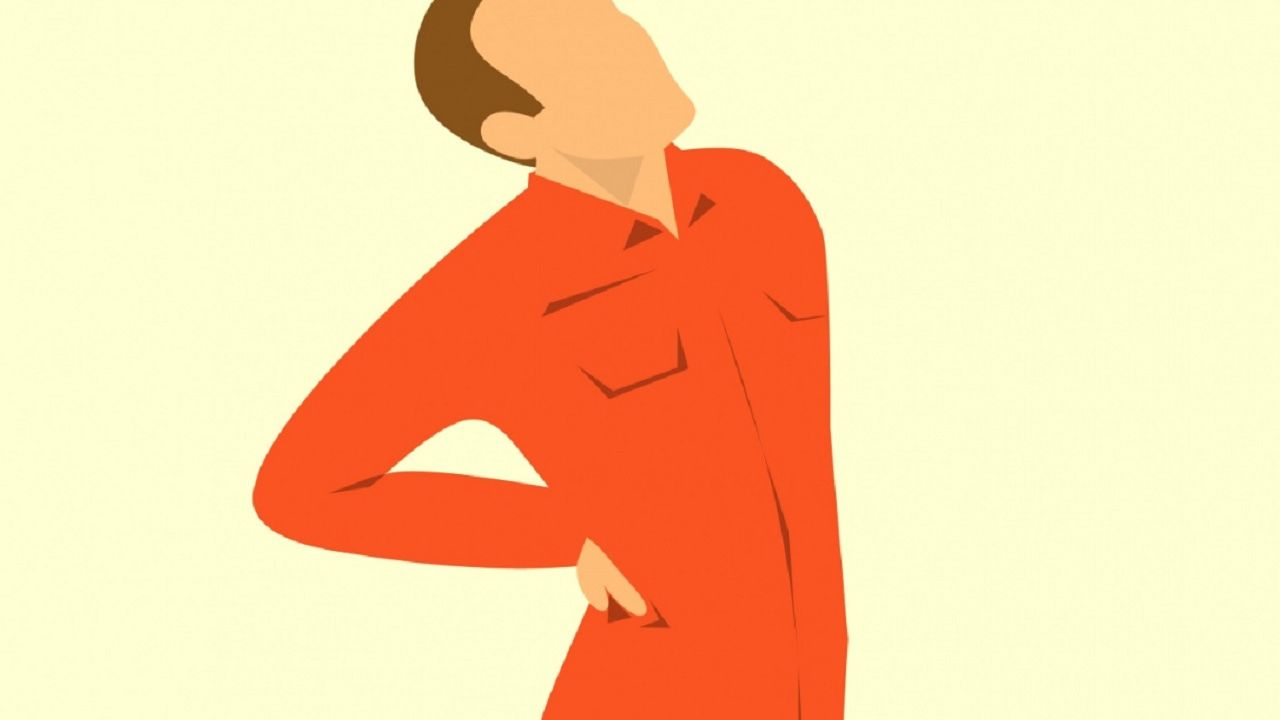
Nerve compression occurs when there is pressure on the nerves in the spinal column, often due to conditions such as herniated discs or spinal stenosis. This compression can lead to nerve damage, causing pain, tingling, and numbness in the back and other areas of the body.
Inflammation, on the other hand, can result from injury, infection, or autoimmune disorders, and it can also contribute to nerve irritation and pain.
Understanding the connection between nerves and back pain is crucial in developing effective treatment strategies. By addressing nerve compression and inflammation, healthcare professionals can help alleviate symptoms and improve the overall well-being of individuals suffering from back pain.
How Inflammation Contributes to Back Pain
Inflammation plays a significant role in contributing to back pain. Research has shown that inflammatory markers, such as cytokines and chemokines, are present in the spinal tissues of individuals experiencing back pain.
These markers can cause irritation and damage to the surrounding structures, leading to pain and discomfort. Finding ways to reduce inflammation, such as through medication or lifestyle changes, can help alleviate back pain symptoms.
Inflammatory Markers and Pain
Research has shed light on the complex relationship between inflammatory markers and the experience of pain in individuals suffering from back pain. Inflammatory markers, such as C-reactive protein (CRP) and interleukin-6 (IL-6), play a significant role in the inflammatory response within the body. When back pain occurs, these markers are often elevated, indicating an ongoing inflammatory process.
Furthermore, studies have suggested a genetic component in back pain, where certain genetic variations may lead to increased inflammation and pain sensitivity. For instance, variations in the genes responsible for regulating the production of inflammatory markers may contribute to the development and severity of back pain.

Understanding the role of inflammatory markers and genetics in back pain can help healthcare professionals develop targeted therapies and interventions to alleviate pain and improve patient outcomes.
Reducing Inflammation for Relief
Interestingly, inflammation plays a crucial role in contributing to the development and exacerbation of back pain. When inflammation occurs in the joints of the back, it can lead to pain, stiffness, and reduced mobility. Fortunately, there are natural remedies available that can help reduce inflammation and provide relief for back pain sufferers.
Here are three effective ways to reduce inflammation in joints and alleviate back pain:
Incorporate anti-inflammatory foods into your diet, such as fatty fish, leafy greens, and berries. These foods contain antioxidants and omega-3 fatty acids, which can help reduce inflammation in the body.
Engage in regular exercise, particularly low-impact activities like swimming or yoga. Exercise not only helps strengthen the muscles supporting the back but also reduces inflammation by promoting blood flow and the release of endorphins.
Consider using natural supplements like turmeric or ginger, which have anti-inflammatory properties. These supplements can be taken in capsule form or added to foods and beverages.
The Impact of Posture on Back Health
Improper posture, such as slouching or hunching over, can significantly contribute to the development and exacerbation of back pain. Maintaining good posture is essential for back health, as it helps to distribute the forces exerted on the spine more evenly and reduces the strain on the muscles, ligaments, and joints.

To promote proper posture, ergonomic furniture is recommended. Ergonomic chairs, adjustable desks, and supportive cushions can help maintain the natural alignment of the spine.
Additionally, incorporating stretching exercises into daily routines can improve flexibility and strengthen the muscles that support the spine. Stretching the back, shoulders, and hips can alleviate muscle tension and promote better posture.
The Psychological Factors Influencing Back Pain
Despite the lack of concrete evidence, there is growing recognition among experts that psychological factors play a significant role in the development and persistence of back pain. While the mind-body connection is complex and not fully understood, research suggests that psychological treatment options can be effective in managing back pain.
Here are three ways in which psychological factors influence back pain:
Emotional factors: Negative emotions, such as stress, anxiety, and depression, can contribute to the experience of back pain. These emotions can lead to muscle tension and increased sensitivity to pain.
Cognitive factors: Negative thoughts and beliefs about back pain can perpetuate the experience of pain and hinder recovery. Cognitive-behavioral therapy can help individuals identify and challenge these thoughts, leading to improved pain management.
Behavioral factors: Certain behaviors, such as avoidance of physical activity or overreliance on pain medication, can worsen back pain. Psychological interventions can help individuals develop healthier behaviors and coping strategies.
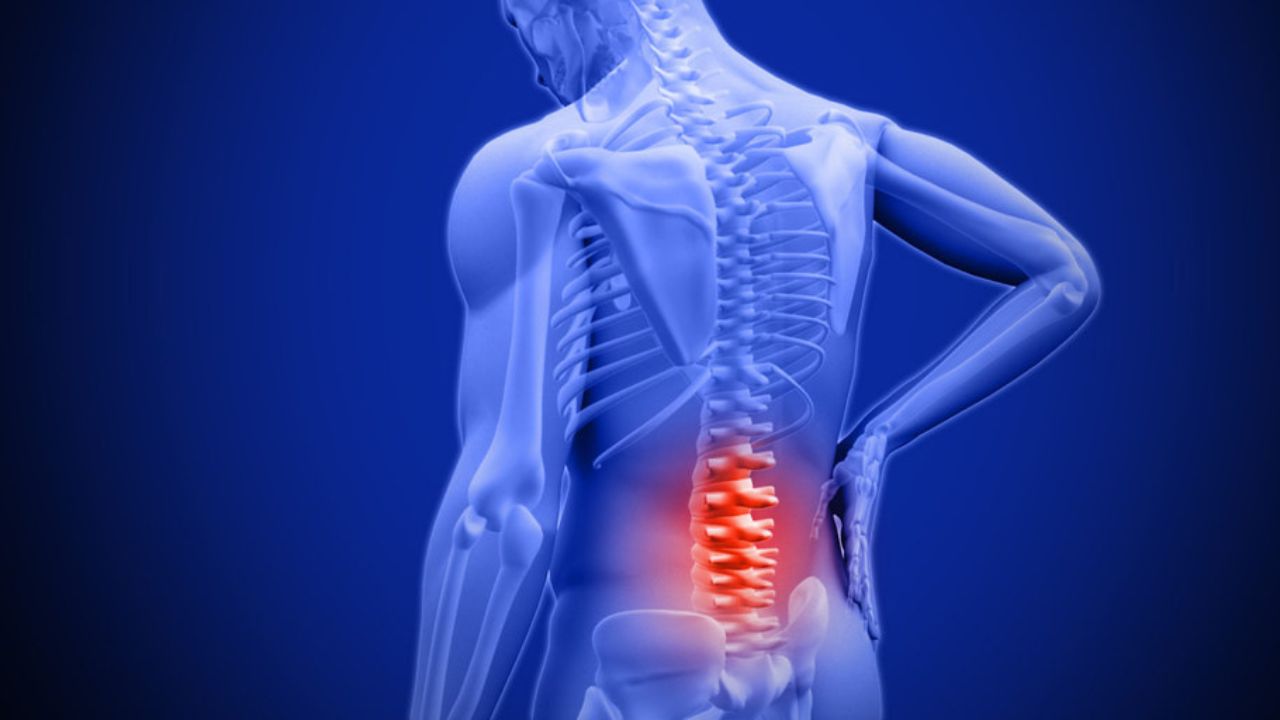
Understanding and addressing these psychological factors can be an important component of a comprehensive approach to managing back pain.
The Science of Heat and Cold Therapy for Back Pain
Both heat and cold therapy have been extensively studied and proven to be effective in relieving back pain.
Heat therapy, also known as thermotherapy, involves the application of heat to the affected area. This can be done through the use of hot packs, warm baths, or heating pads. Heat therapy increases blood flow, relaxes muscles, and promotes healing.
Cold therapy, on the other hand, involves the application of cold to the affected area. This can be done through the use of ice packs or cold compresses. Cold therapy helps reduce inflammation, numbs the area, and provides pain relief.
The effectiveness of heat and cold therapy in relieving back pain has been supported by numerous studies. These therapies offer benefits such as improved flexibility, reduced muscle spasms, and increased comfort.
It is important to note that the choice between heat and cold therapy depends on the specific condition and individual preferences.
The Role of Exercise in Alleviating Back Pain
Exercise plays a crucial role in alleviating back pain and promoting overall spinal health.
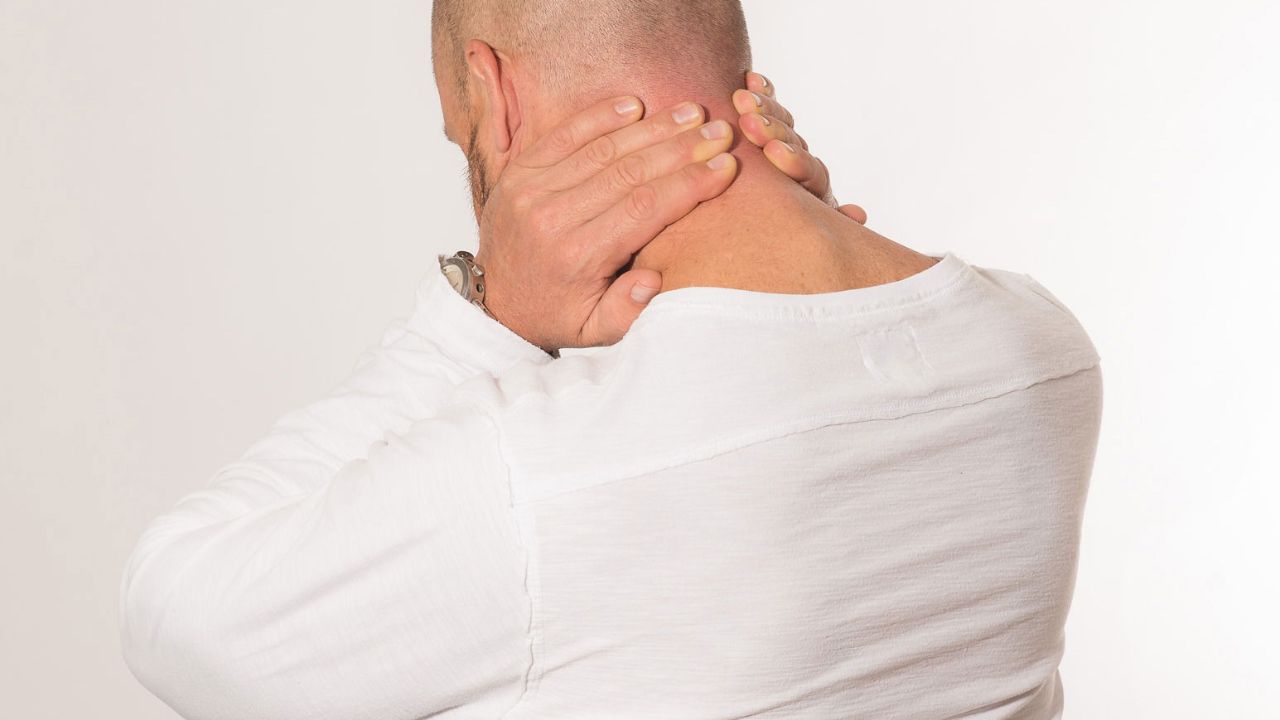
Numerous studies have shown that engaging in regular physical activity can help reduce pain, improve flexibility, and strengthen the muscles that support the spine.
Different types of exercises, such as stretching, aerobic exercises, and core strengthening exercises, have been found to be effective in relieving back pain and preventing its recurrence.
Exercise as Pain Relief
Regular physical activity has been shown to significantly reduce discomfort in the lower back. Exercise plays a crucial role in alleviating back pain by improving muscle strength, flexibility, and overall spinal health. Here are three key ways exercise can provide pain relief for individuals seeking freedom from back pain:
Spinal conditioning: Engaging in exercises that target the muscles supporting the spine, such as core strengthening exercises, can help improve posture and stability. This, in turn, reduces the strain on the lower back and alleviates pain.
Stretching techniques: Incorporating stretching exercises into a regular routine can help increase flexibility and improve range of motion. Stretching the muscles surrounding the spine can relieve tension and reduce discomfort.
Endorphin release: Exercise stimulates the release of endorphins, which are natural pain-relieving chemicals produced by the body. This can help reduce the perception of pain and promote a sense of well-being.
Types of Effective Exercises
While there are various types of effective exercises that play a crucial role in alleviating back pain, it is important to choose ones that target specific muscle groups and promote proper spinal alignment. Effective stretching exercises can help alleviate back pain by improving flexibility and reducing muscle tension. These exercises may include gentle stretches for the hamstrings, quadriceps, and hip flexors.

Additionally, core strengthening exercises are essential for supporting the spine and reducing the risk of future back pain. These exercises focus on strengthening the muscles of the abdomen, back, and pelvis, such as planks, bridges, and bird dogs.
The Importance of Sleep for Back Pain Relief
Adequate sleep plays a crucial role in providing effective relief for individuals suffering from back pain. When it comes to managing back pain, sleep quality and sleep position are two important factors to consider.
Here are three key points to understand the importance of sleep for back pain relief:
The impact of mattress quality on back pain relief: A supportive mattress that maintains the natural alignment of the spine is essential for alleviating back pain. A medium-firm mattress is generally recommended for most individuals with back pain.
The role of sleep position in back pain management: Sleeping in a position that promotes spinal alignment can help reduce back pain. The best positions are usually on the back or side, with proper support from pillows or cushions.
The benefits of uninterrupted sleep: Consistent, uninterrupted sleep allows the body to heal and rejuvenate. It promotes muscle relaxation, reduces inflammation, and improves overall well-being, contributing to back pain relief.
Getting enough sleep and paying attention to sleep quality and position can significantly aid in managing back pain and improving overall comfort.

The Link Between Stress and Back Pain
Stress can have a significant impact on back pain, with stress-induced muscle tension being a common occurrence. When stressed, the body tends to tighten muscles, which can lead to increased pain and discomfort in the back.
Additionally, stress can also have a psychological impact on pain perception, making individuals more sensitive to back pain.
Understanding the link between stress and back pain is crucial in developing effective coping mechanisms to manage both physical and psychological aspects of stress-induced back pain.
Stress-Induced Muscle Tension
Experiencing prolonged periods of stress can lead to increased muscle tension, exacerbating the symptoms of back pain. The relationship between stress and back pain is complex, but research suggests that stress-induced muscle tension plays a significant role. Here are three key points to consider:
Stress triggers the release of stress hormones, such as cortisol, which can cause muscles to tense up. This increased muscle tension, particularly in the back, can lead to pain and discomfort.
Stress management techniques, such as mindfulness meditation or deep breathing exercises, can help alleviate muscle tension and reduce the impact of stress on the body.
Muscle relaxation techniques, such as progressive muscle relaxation or massage therapy, can also help release tension in the muscles and provide relief from back pain.
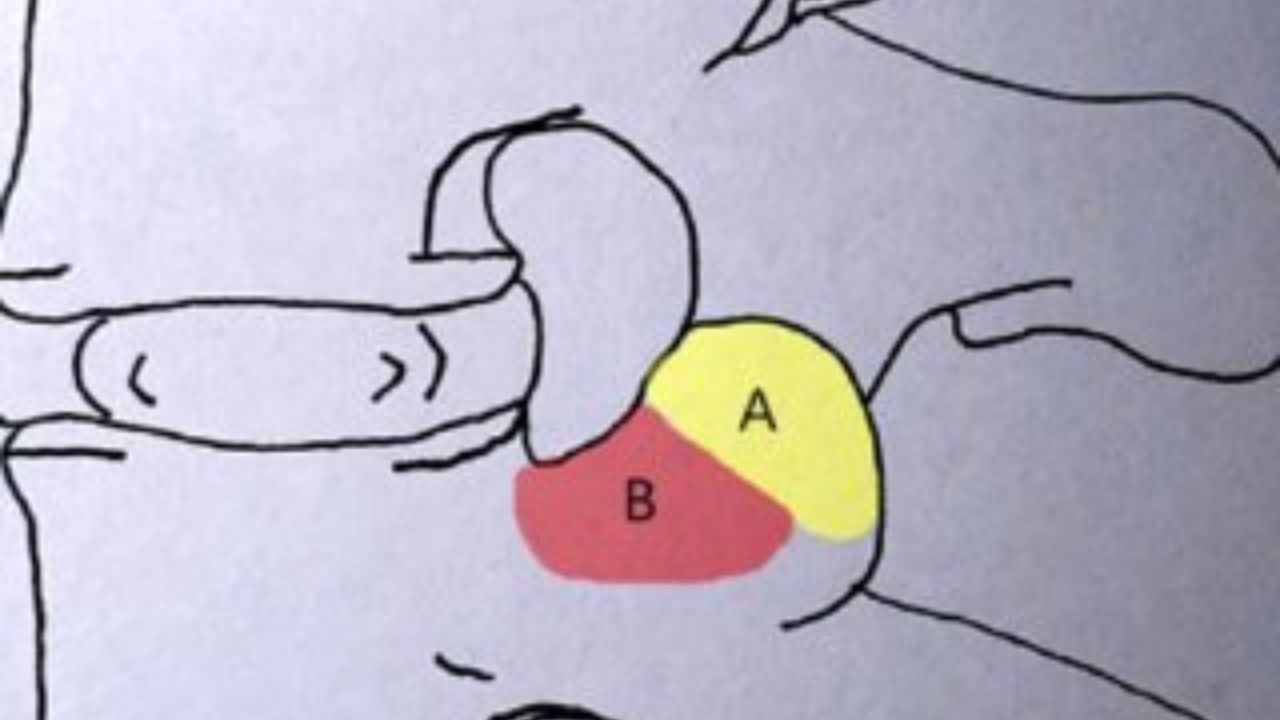
Psychological Impact on Pain
The psychological factors influencing pain perception have been found to have a profound impact on the experience and management of back pain. Research has shown that stress and other psychological factors can contribute to the development and exacerbation of back pain symptoms.
Psychological therapies, such as cognitive-behavioral therapy (CBT) and mindfulness techniques, have been shown to be effective in reducing pain intensity and improving overall well-being in individuals with chronic back pain. CBT helps individuals identify and change negative thoughts and behaviors that may be contributing to their pain, while mindfulness techniques promote relaxation and help individuals develop a non-judgmental awareness of their pain.
These approaches can provide individuals with the tools to better cope with their pain and improve their quality of life.
Coping Mechanisms for Stress
Many individuals often find that adopting healthy coping mechanisms, such as exercise and relaxation techniques, can effectively alleviate stress and mitigate the occurrence of back pain. Stress is known to have a significant impact on back pain, as it can lead to muscle tension and increased pain sensitivity.
To manage stress and reduce the likelihood of back pain, individuals can consider the following strategies:
Cognitive Behavioral Therapy (CBT): CBT is a psychotherapeutic approach that helps individuals identify and change negative thought patterns and behaviors. It can provide effective tools for managing stress and promoting relaxation.
Relaxation Techniques: Techniques such as deep breathing exercises, progressive muscle relaxation, and meditation can help reduce stress levels and alleviate back pain.

Physical Exercise: Engaging in regular physical activity, such as walking, swimming, or yoga, can release endorphins and improve overall well-being, reducing stress and preventing back pain.
The Science Behind Alternative Therapies for Back Pain
Alternative therapies offer potential relief for individuals struggling with chronic back pain.
One such therapy is spinal manipulation, which involves the application of controlled force to the spine by a trained practitioner. This technique aims to restore proper alignment, reduce inflammation, and alleviate pain.
Research suggests that spinal manipulation can be effective in providing short-term relief for acute and chronic back pain. A systematic review of studies found that spinal manipulation was associated with moderate improvements in pain and function compared to other treatments or no treatment at all.
However, it is important to note that the benefits of spinal manipulation may vary depending on the individual and the specific condition.
It is always recommended to consult with a healthcare professional before undergoing any alternative therapy for back pain.
Frequently Asked Questions
Can Back Pain Be Caused by Factors Other Than Spinal Anatomy?
Non spinal causes, such as muscular imbalances, can contribute to back pain. These factors, often overlooked, can result from poor posture, muscle weakness, or repetitive strain. Understanding these non spinal causes is crucial for effective back pain solutions.
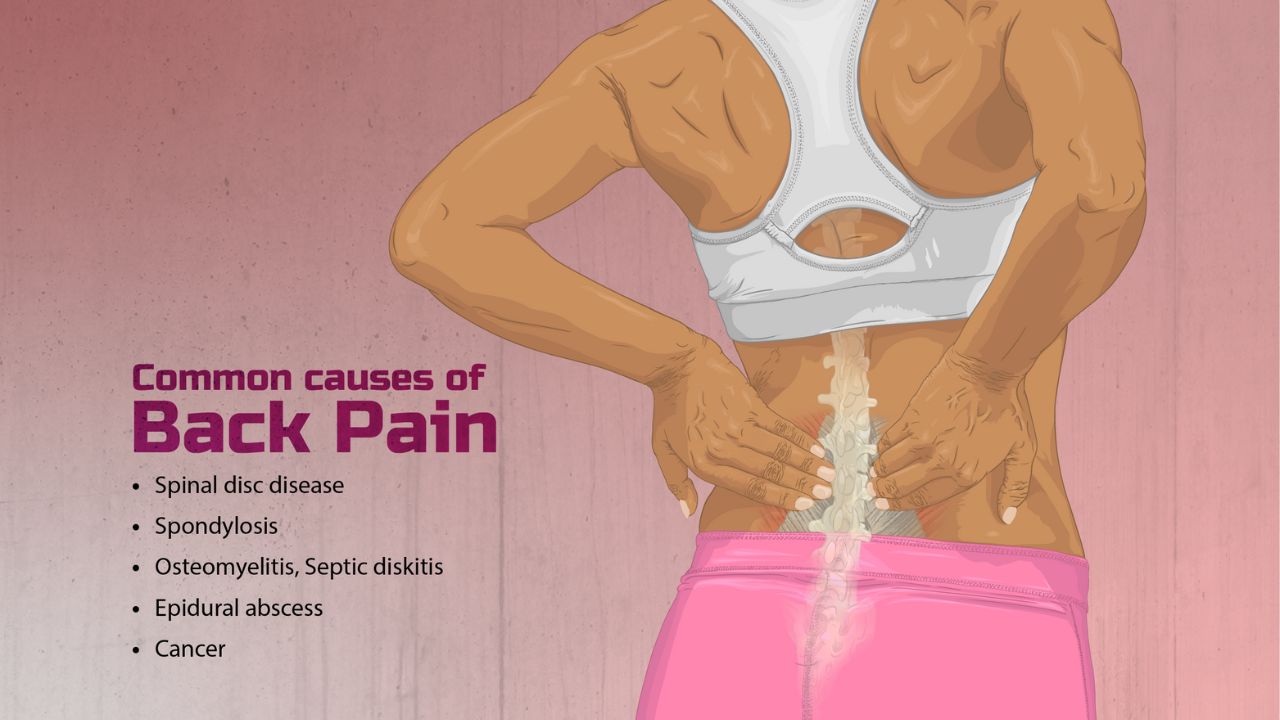
How Do Nerves Contribute to Back Pain?
Nerve compression and disc degeneration are two ways in which nerves contribute to back pain. When nerves are compressed or when discs degenerate, they can cause pain and discomfort in the back.
What Role Does Inflammation Play in the Development of Back Pain?
In the development of back pain, inflammation plays a significant role. It can be mitigated through the use of medication, such as anti-inflammatory drugs, and by engaging in regular exercise, which helps reduce inflammation and promote healing.
Does Poor Posture Really Have a Significant Impact on Back Health?
Poor posture can indeed have a significant impact on back health. Ergonomics, including proper alignment, support, and movement throughout the day, can help prevent and alleviate back pain. Regular exercise also plays a crucial role in maintaining a healthy back.
Can Psychological Factors, Such as Stress and Anxiety, Influence Back Pain?
Psychological factors, such as stress and anxiety, can significantly influence back pain. These factors can lead to increased muscle tension and a heightened perception of pain, impacting individuals in various ways.
 Mobility trainingHome Fitness RecoverySports Injury PreventionPersonal Physical TherapyOrthopedic SolutionsPrivacy PolicyTerms And Conditions
Mobility trainingHome Fitness RecoverySports Injury PreventionPersonal Physical TherapyOrthopedic SolutionsPrivacy PolicyTerms And Conditions
